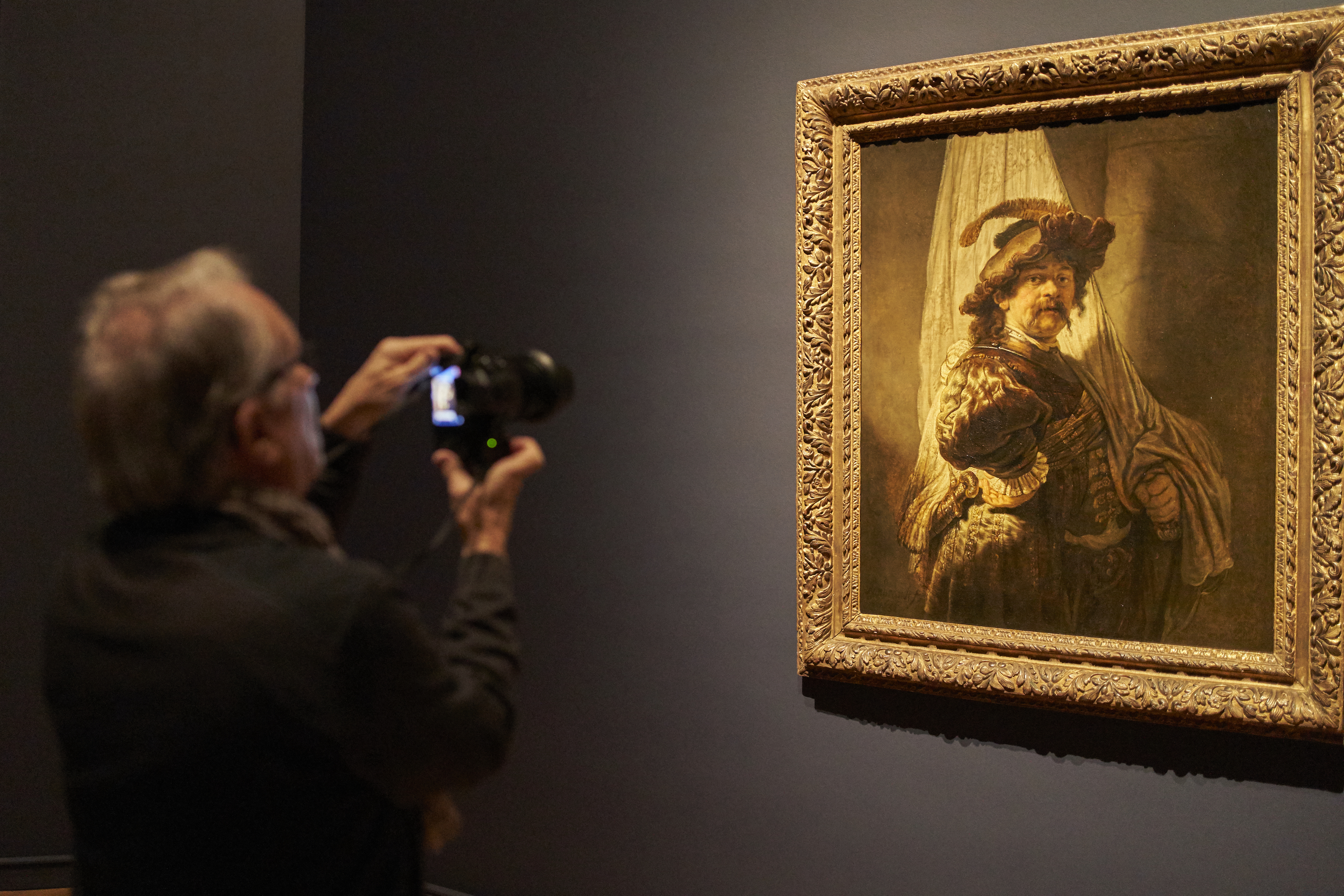
The Dutch government is ready to pay the art-collecting Rothschild family $198 million—including $170 million from state coffers—for a work by Rembrandt van Rijn, so that the painting can remain “public property in the Netherlands forever.”
The Dutch Golden Age painter’s 1636 self-portrait, titled The Standard Bearer (De Vaandeldrager), has been in the hands of private collectors for centuries, from England’s King George IV to the Rothschild family, which has owned the painting since 1844. The French family is willing to let go of the treasured portrait for a price of €175 million ($198 million).
The purchase is yet to be finalized, as the Dutch government awaits approval from the parliament. Amsterdam’s Rijksmuseum fund will contribute €10 million ($11 million) towards the purchase, supplemented by another €15 million ($17 million) from the Rembrandt Association. The rest of the €150 million ($170 million) will be paid with taxpayers’ money.
Once the acquisition is completed, the state plans to tour the Rembrandt painting around the country before it enters permanent residence at the Rijksmuseum’s Gallery of Honor. The painting was shown at the museum in 2019, the same year the Rothschild family first put the work up for sale. While France initially placed an export bar on the painting declaring it a national treasure, it waived its right to buy the work when it could not raise sufficient funds. The Netherlands then maneuvered to buy the work.
“With this joint acquisition, we are making one of Rembrandt’s most beautiful works accessible to everyone,” Ingrid van Engelshoven, the Dutch minister of education, culture and science, said in a statement. “After a journey of centuries, The Standard Bearer is now returning home for good.” The minister added on Twitter that the work will remain Dutch public property forever.
The Standard Bearer is regarded as a historically and artistically significant work of art. It is one of the first paintings that Rembrandt created as he became an independent artist, paving the way for an artistic breakthrough that would lead to his famous masterpiece, The Night Watch. Standard-bearers fought in the frontline in the Eight Years’ War, which eventually resulted in the founding of the Netherlands in 1648.
“It is when Rembrandt became Rembrandt!” Taco Dibbits, general director of the Rijksmuseum said of the work. “The quality of the painting and the fact that it marks Rembrandt’s artistic breakthrough makes it an unparalleled work by the master.”
Of the 340 paintings Rembrandt created, 44 belong to museums and private collections in the Netherlands, including 22 in the Rijksmuseum. The last public auction record for a Rembrandt work was in 2009, when Portrait of a man with arms akimbo (1658), an oil on canvas painting, sold for more than $33 million, including fees, at a Christie’s London sale.